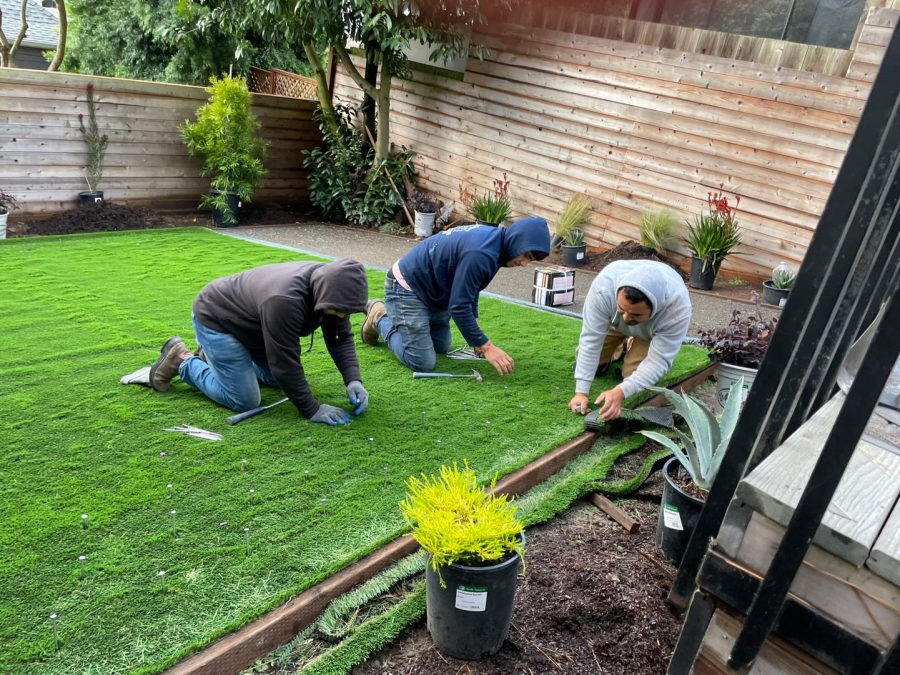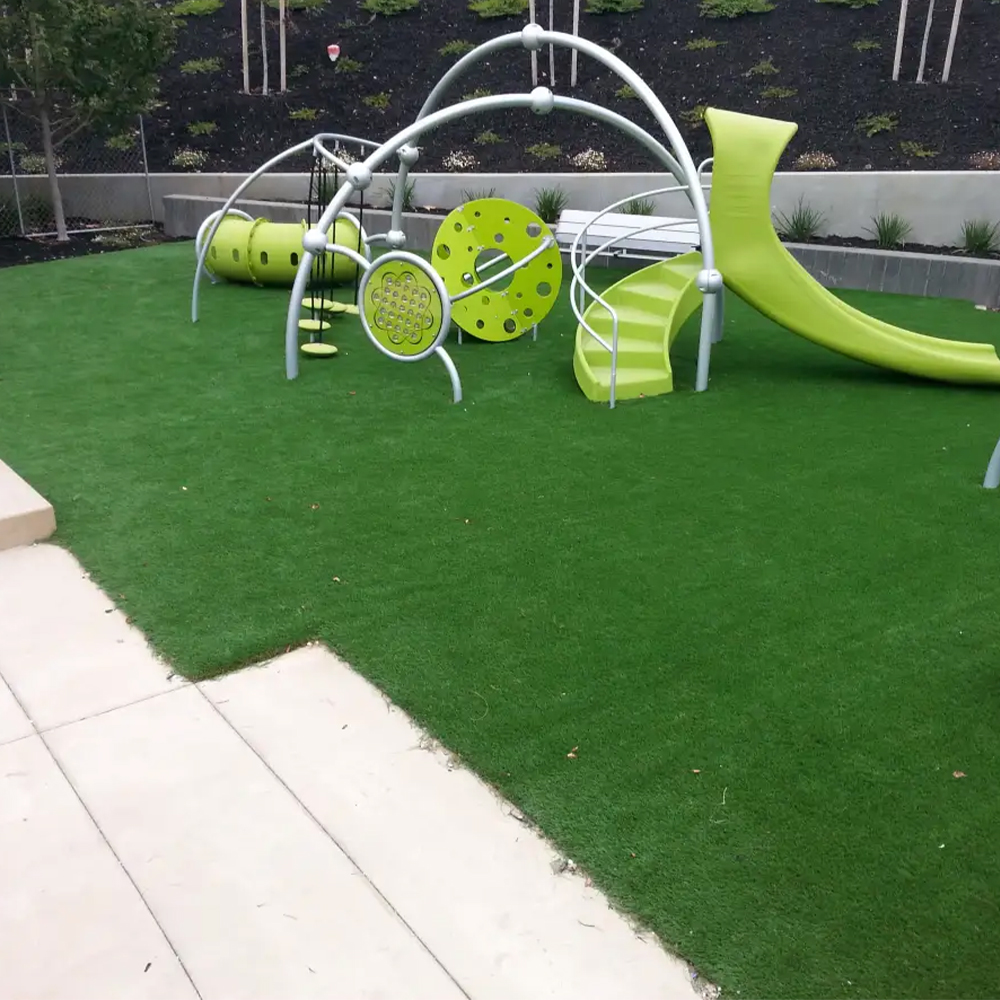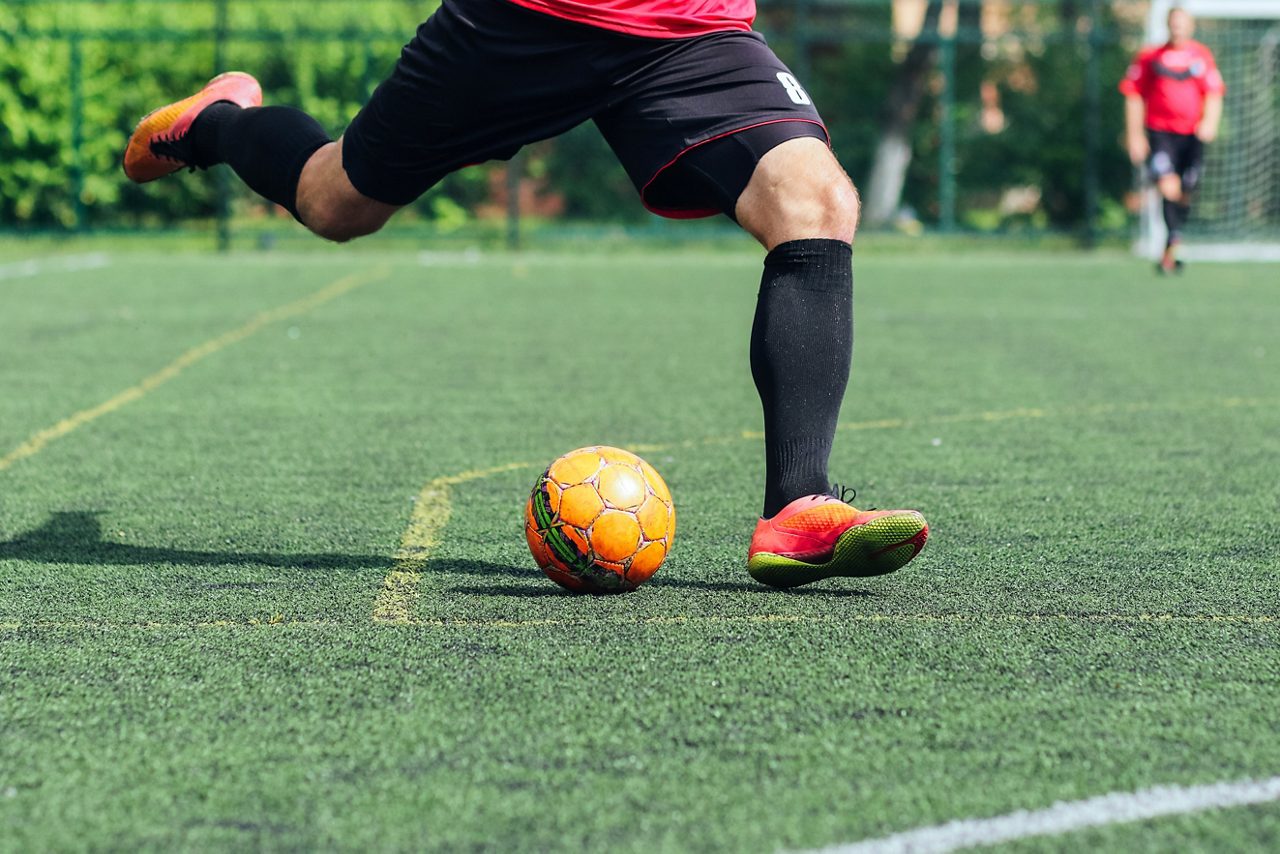Get a Perfect Lawn with Arizona Artificial Turf for Any Outdoor Space
Get a Perfect Lawn with Arizona Artificial Turf for Any Outdoor Space
Blog Article
Explore the Environmental Perks of Opting for Artificial Lawn Solutions
The fostering of artificial grass solutions provides a compelling opportunity to deal with pressing ecological obstacles. By significantly minimizing water use and decreasing the application of harmful chemicals, these alternatives not just advertise lasting landscaping yet also protect neighborhood ecosystems. In addition, the reduced carbon impact connected with decreased upkeep tasks contributes to a more lasting technique to land management. Nevertheless, the ramifications of these benefits prolong past plain conservation initiatives, questioning regarding their long-term influence on habitat preservation and overall eco-friendly balance. Exploring these measurements reveals a complicated interaction worth taking into consideration.
Water Conservation Conveniences
Among the most significant benefits of fabricated turf is its ability to save water. Conventional lawn yards call for substantial watering, specifically in areas susceptible to drought or water limitations. In contrast, synthetic grass does not require watering, significantly decreasing the general demand for water resources. This function is especially advantageous in deserts where water shortage is a pushing worry.
By eliminating the demand for routine watering, synthetic grass adds to sustainable landscape practices and aids reduce the ecological influence of too much water usage. The preservation of water expands to the decrease of runoff, which can lead to dirt disintegration and river pollution.
In addition, the installment of synthetic grass permits house owners and communities to allocate water resources much more efficiently, concentrating on essential uses such as drinking water and agriculture. The shift towards man-made grass not only promotes accountable water usage but also aligns with broader environmental goals intended at maintaining natural deposits.
As neighborhoods progressively focus on sustainability, the water conservation advantages of synthetic grass provide a compelling case for its adoption in property and business landscape design tasks.
Lowered Chemical Usage
The shift to man-made turf considerably lowers the dependence on chemical therapies typically used in natural turf maintenance. Typical grass monitoring generally involves the application of herbicides, chemicals, and fertilizers to promote growth and control parasites. These chemicals can present risks to human health and wellness, regional wild animals, and the atmosphere, adding to soil and water contamination.
In contrast, man-made lawn removes the requirement for these hazardous compounds. By lessening the launch of artificial compounds into the community, synthetic lawn advertises much healthier soil and water systems.
Moreover, the lack of chemical drainage connected with synthetic grass setups assists safeguard regional rivers from pollution, supporting water life and preserving biodiversity. Arizona artificial turf. As communities increasingly prioritize sustainable techniques, opting for synthetic grass provides a practical option that lines up with environmental conservation objectives. Via this change, home owners can enjoy lavish eco-friendly spaces without jeopardizing environmental health and wellness, leading the way for an extra lasting future
Lower Carbon Footprint

Moreover, the setup of artificial turf can lead to considerable water conservation. All-natural lawns need significant quantities of water for irrigation, which not just contributes to the carbon footprint related to water removal and treatment but also strains local water resources. In contrast, fabricated grass needs marginal upkeep, needing no watering, consequently considerably lowering water use and its connected energy prices.
Furthermore, the durability of synthetic grass adds to its decreased carbon impact. With a lifespan of up to 15 years or more, the need for constant substitutes is lessened, causing much less waste and lower energy intake in production and dealing with typical grass options. On the whole, artificial lawn presents a lasting choice for eco conscious landscaping.
Habitat Preservation
Environment conservation is an important factor to consider in the dispute over landscaping choices, specifically when contrasting fabricated lawn to natural yard. All-natural grass yards commonly require considerable maintenance, consisting of making use of fertilizers, herbicides, and pesticides, which can adversely impact local environments. These chemicals can leach right into the soil and waterways, harming indigenous flora and animals and disrupting neighborhood habitats.
In contrast, synthetic grass presents a chance to reduce the ecological footprint of landscape design. By going with artificial turf, house owners can reduce the disturbance of natural environments read this article connected with conventional grass care methods. Fabricated grass removes the need for unsafe chemicals, therefore securing neighboring wildlife and preserving the integrity of bordering environments. Moreover, the setup of fabricated grass can lead to the conversion of former lawn locations into even more biodiverse landscapes, such as pollinator yards or indigenous plant locations, which can support local wildlife.
Inevitably, the transition look at this web-site to synthetic grass not just preserves water and minimizes upkeep initiatives however likewise fosters a much more unified partnership between human tasks and the native environment, advertising habitat conservation while doing so.
Long-Term Sustainability
Lasting sustainability is a critical consider reviewing the advantages of synthetic grass over conventional lawn lawns. One of the most substantial advantages of synthetic grass is its toughness; it can last approximately 15-20 years with marginal maintenance, whereas natural grass calls for constant reseeding and substitute. This longevity decreases the demand for continuous sources, such as water, fertilizers, and pesticides, which are crucial for preserving a healthy and balanced turf yard.
Furthermore, synthetic grass adds to a decrease in carbon emissions associated with grass care equipment. Standard yards commonly call for gas-powered mowers, trimmers, and blowers, every one of which add to air pollution. Turf installation phoenix az. On the other hand, synthetic grass eliminates the need for such devices, advertising a cleaner atmosphere
Furthermore, the production of synthetic grass progressively makes use of recycled products, improving its sustainability profile. As manufacturers take on environmentally friendly techniques, the environmental impact of synthetic grass proceeds to decrease.

Conclusion
The fostering of artificial turf services provides substantial ecological benefits, consisting of significant water preservation, reduced reliance on unsafe chemicals, click to investigate and a reduced carbon impact. Additionally, synthetic grass help in maintaining natural habitats by lessening land disruption and promoting long-term sustainability with making use of sturdy products. Collectively, these aspects emphasize the potential of synthetic grass to contribute positively to ecological health and wellness and use a feasible choice to traditional landscape design methods in a progressively resource-conscious globe.
In contrast, fabricated grass does not need watering, significantly decreasing the overall demand for water sources. By reducing the launch of synthetic substances into the community, artificial grass promotes much healthier dirt and water systems.
Furthermore, the installment of synthetic lawn can result in considerable water conservation. In comparison, fabricated turf requires marginal maintenance, needing no watering, thereby dramatically decreasing water usage and its linked energy expenses.

Report this page